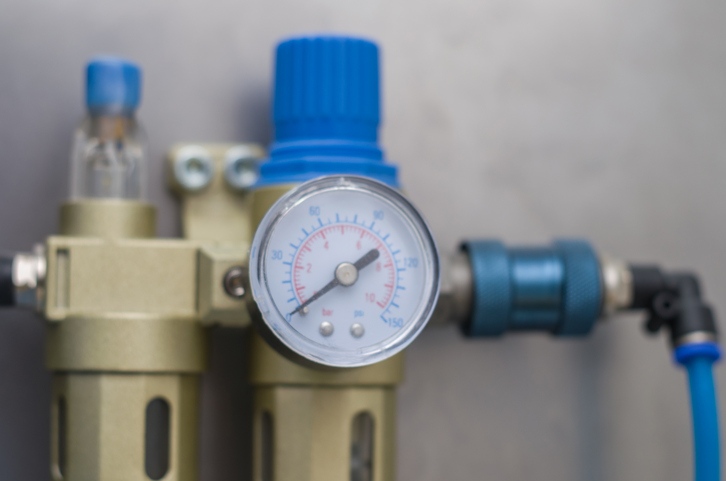Under Pressure? How to Test Your Water Pressure
The modern water system in homes is one of those things that we take for granted until it doesn’t work properly. Whether it’s an issue with water temperature or water pressure, you will want your water back in working order as soon as possible. However, sometimes problems creep up on you and become a bigger issue over time. One common problem the team at Puget Sound Plumbing & Heating sees deals with water pressure. Oftentimes, customers will notify us of low, high, or unusual water pressure. Knowing how to test your water pressure can help identify problems before they become bigger.
As a rule of thumb, you should test your water pressure a few times a year. When your water is moving through your pipes at either too high or too low pressure, it can cause damage or water systems to function improperly. When the water pressure is too high, for instance, you can develop blowouts, which cause a lot of pain to both your wallet and your sanity. Low water pressure, on the other hand, might indicate that a pipe is clogged. Unusual water pressure could mean that a pressure regulator has failed or is not functioning properly.
Testing water pressure is not difficult to do. Residential water pressure gauge kits are available at most hardware stores and will usually include everything you need to test your water pressure. The key to testing water pressure is to find a water outlet that is near your main water supply source. For some people, this means the municipal or city water utility, while others might get their water from a well. For the former, find a faucet near the water meter. For the latter, find an outlet near the well’s pressure tank.
Before testing your water pressure, it is important to turn off all appliances that use water. Some of these are obvious, like a dishwasher or washing machine, but also consider your refrigerator if you have an ice machine built into it. Once all the water usage is stopped in your home, affix the water pressure gauge to the outlet. Slowly open the valve until it is opened all the way. Mark the psi and slowly turn off the valve. Perform this test a few times just to make sure your results are consistent.
So what does this number mean? Pressure (measured in psi) should read between 50 and 70. If you are a part of a city or municipal system, water is delivered to homes at a much higher pressure and is then regulated for your use. If you are reading a psi above 75, this can cause damage to your pipes. If the reading is coming in below 50, this might indicate clogged pipes or other problems. When you identify improper pressure in your home, it’s time to call the experts at Puget Sound Plumbing & Heating. Contact us today at (206)-350-0079 and talk to one of our experts.




